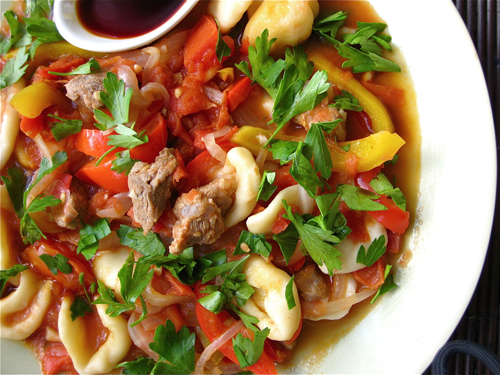
Well, there’s really no easy way to put this. So I might as well just come right out and say it.
I don’t know how to cook Chinese food.
Yes, I know this sounds ridiculous coming from a Hong Kong native who ate pretty much nothing else but Chinese food for her entire childhood. Naturally, you would think that Chinese cooking would come as second nature to me. But alas, nothing could be further from the truth. (Chinese eating, however, is another matter altogether and on that front, I believe I do my culture proud.)
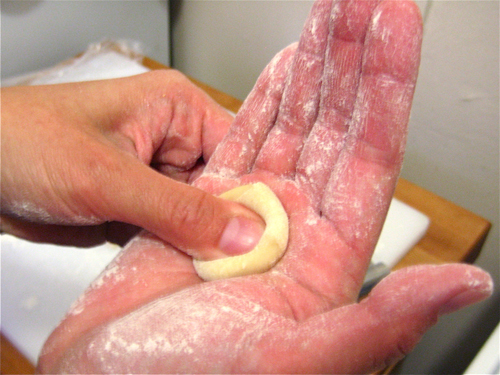
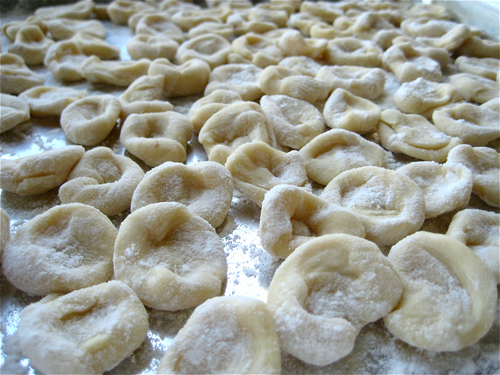
I remember the first time I asked my mom to teach me how to cook something Chinese, way back in the day when I considered popping frozen mini-pizzas into the microwave as cooking. I honestly don’t even remember what she was making at the time. You see, what stuck in my memory are exchanges like the following:
Me: Mom, how much soy sauce did you just add in?
Mom: Oh you know, just enough.
Me: … um, how many teaspoons is that?
Mom: Oh I don’t know. It doesn’t matter. There’s no need to measure.
Let me tell you, when you’re new to cooking, nothing is more frustrating than figuring out what to write down in your notebook (aka future recipe treasure trove from whence magical dishes shall be recreated!) when all your mother will tell you is that you need to “add just enough soy sauce.” Right then and there, I became convinced that Chinese cooking was some crazy voodoo magic, possibly involving incense sticks and incantations but definitely not involving actual measurements. So instead, I turned to cuisines with actual recipes(!) published in actual cookbooks(!) and began learning to cook from there, all the while quietly avoiding the topic of Chinese cooking and hoping no one will notice.
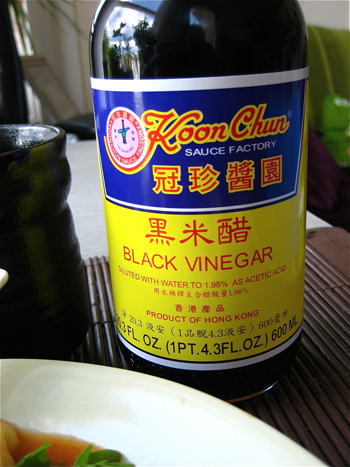
That is, until my favorite cookbook-writing duo came out with a book focused on Chinese cuisine, specifically the cuisines of the minority populations of China. As wary as I was about Chinese cooking, I can never resist one of their cookbooks, so our cookbook collection got another book bigger. Thanks to this new addition, I’m slowly learning to overcome my fear of Chinese cooking. And these days, you can even find me guilty of foregoing measurements in favor of instinct. Because if ever there’s a cuisine flexible enough for “creative” measurements or lack thereof, it seems it would be ours.
You know what they say: Like mother, like daughter.
Adapted from recipes in the gorgeous cookbook Beyond the Great Wall: Recipes and Travels in the Other China by Jeffrey Alford and Naomi Duguid. Apparently, Laghman is a province in Afghanistan but here, it simply refers to the Uyghur name for “la mian” or handmade noodles. Since I wasn’t about to attempt crazy noodle-pulling stunts, I opted to make noodle shells, so this is not exactly a traditional “laghman.”
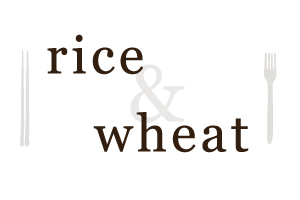








10 Comments
This is a beautiful dish, can’t wait to try it.
Thanks Anncoo!
wow, i’ve been looking at this post for a while now, and then it finally clicked. i ate this kind of dish almost every day while i was in chengdu. there was a restaurant run by a uyghur family right next to our hotel and the food was insanely delicious. we were drawn to it because of the father who stood right out front rolling noodles and tossing them in to a big steaming pot to cook to order. you shouldn’t be ashamed of your noodles, though! my favorite dish was mian pian (noodle pieces) with tomato and egg and those noodles looked just like yours! sigh. if only i could go back to chengdu i would bury my face in a plate of these noodles.
p.s. your new home is lovely!
Yay first comment on the new site! Thank arajane!! And I ♥ your description of the Uyghur family in Chengdu – I feel like I can almost see the dad rolling the noodles in front of the restaurant. Maybe you can relive your Chengdu times a little if you make these noodles at home? ^_^
angi
This not only sounds wonderful but looks incrediable! Can NOT wait to try it.
I’m bookmarking this recipe! Thanks!
Thanks!
Anne and I were inspired to make this last weekend, only we made the earlobe noodle variant. The earlobe noodles were insanely easy to make, and looked pleasingly handmade. Thanks for motivating us to take that cookbook off the shelf.
You have this cookbook too, Elio? We must have very similar cookbook collections ^_^ And now, I have my eyes on those earlobe noodles.
I’m buying the book. If that book can teach you to make that food, I’m buying the book.
Yesss do it! I think you will enjoy the book Rich. And I give you permission to come back and complain if you do not. :)
2 Trackbacks
[…] globe excel at turning humble ingredients into glorious meals, everything from decadent curries to colorful noodles to hearty bowls of stew. Even within our borders, there are fine examples of cucina povera in the […]
[…] which had, printed in faded ink, a recipe in Chinese for char siu bao. Coming from a woman who never uses recipes, I knew this was a very, very big deal. Reading through, I saw that it not only unabashedly listed […]